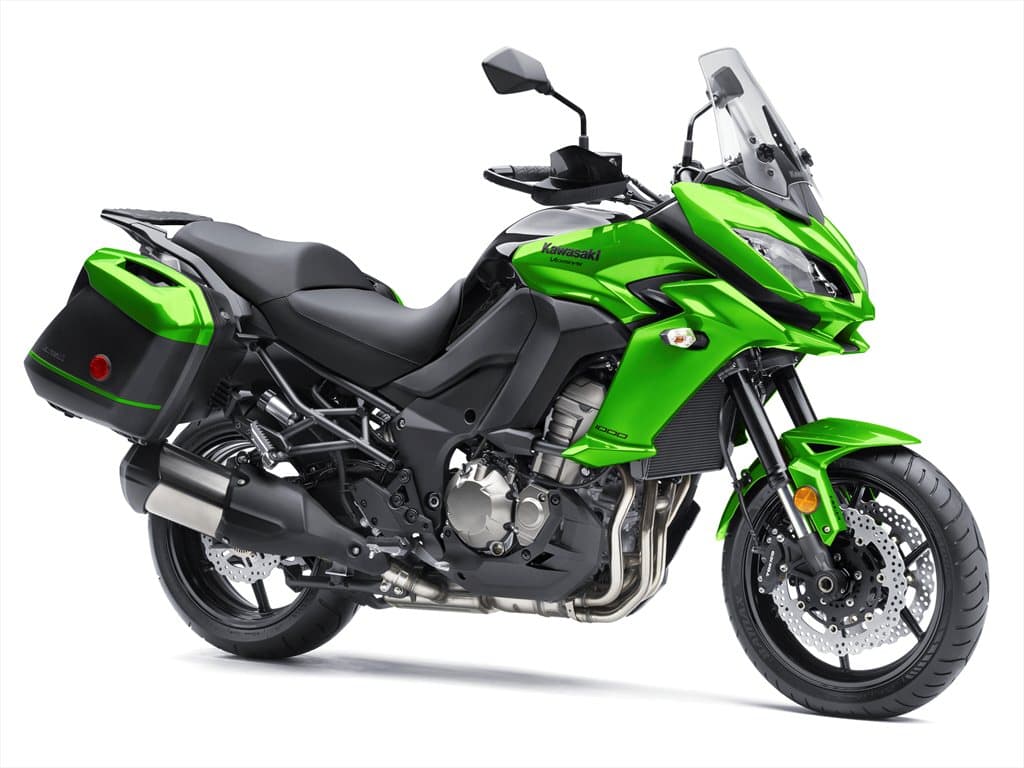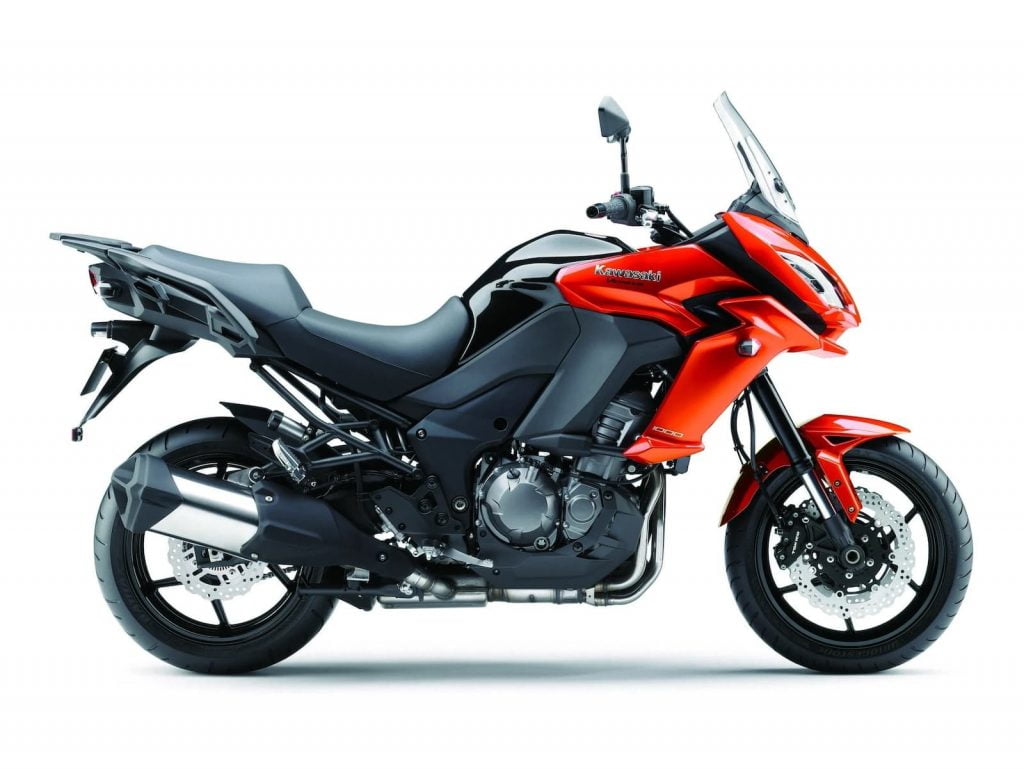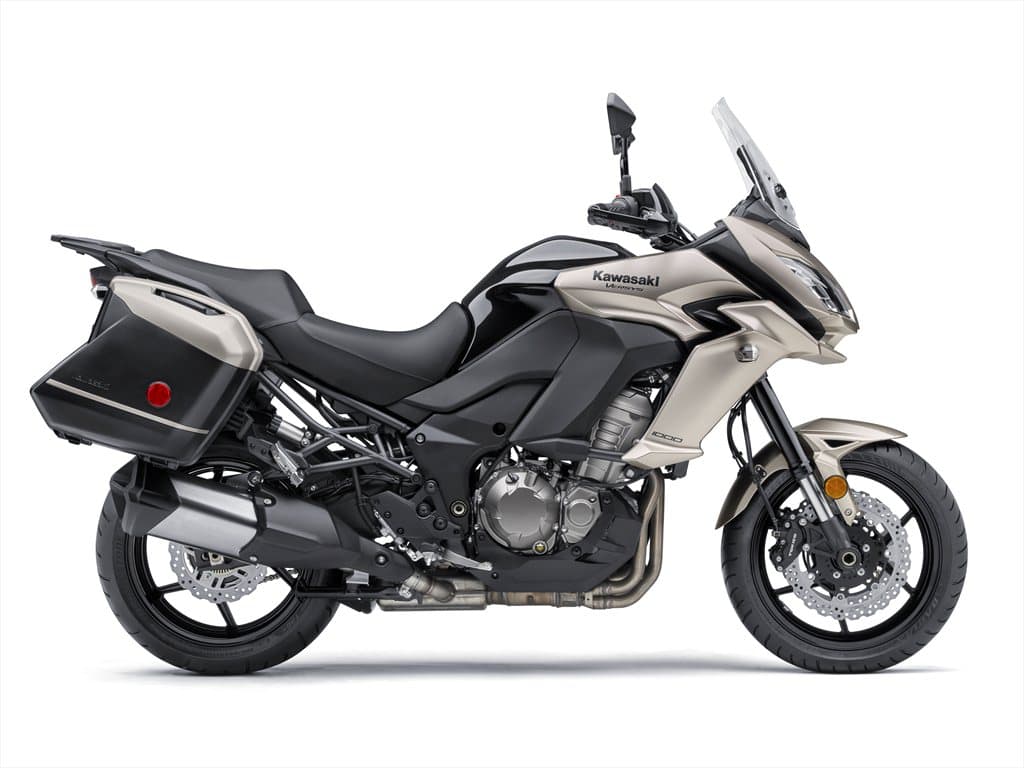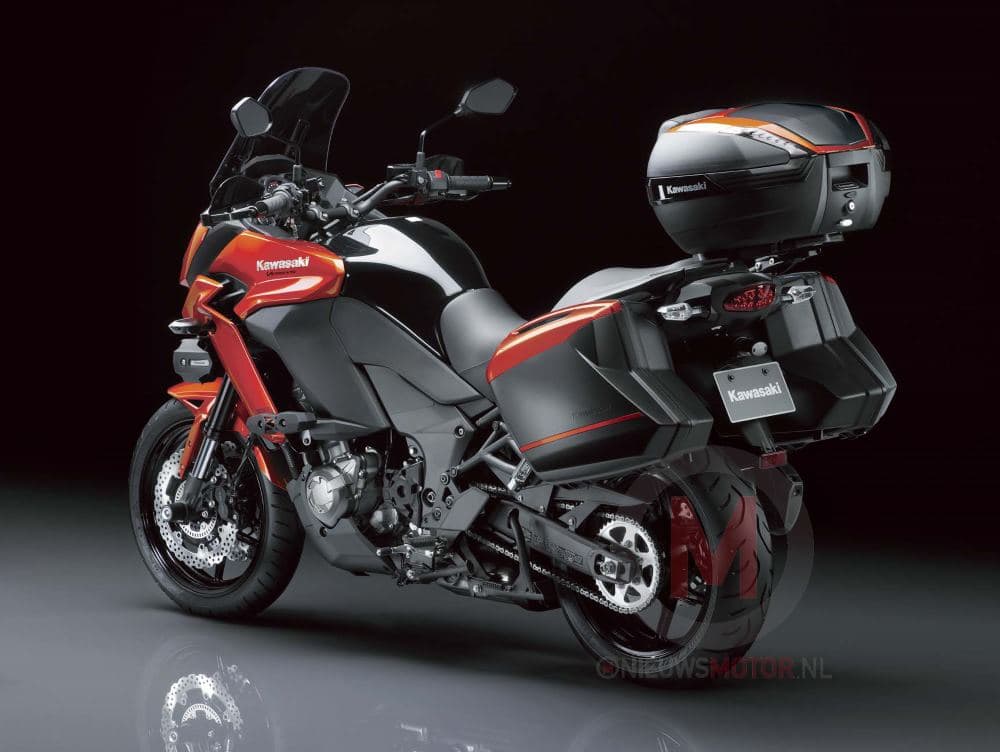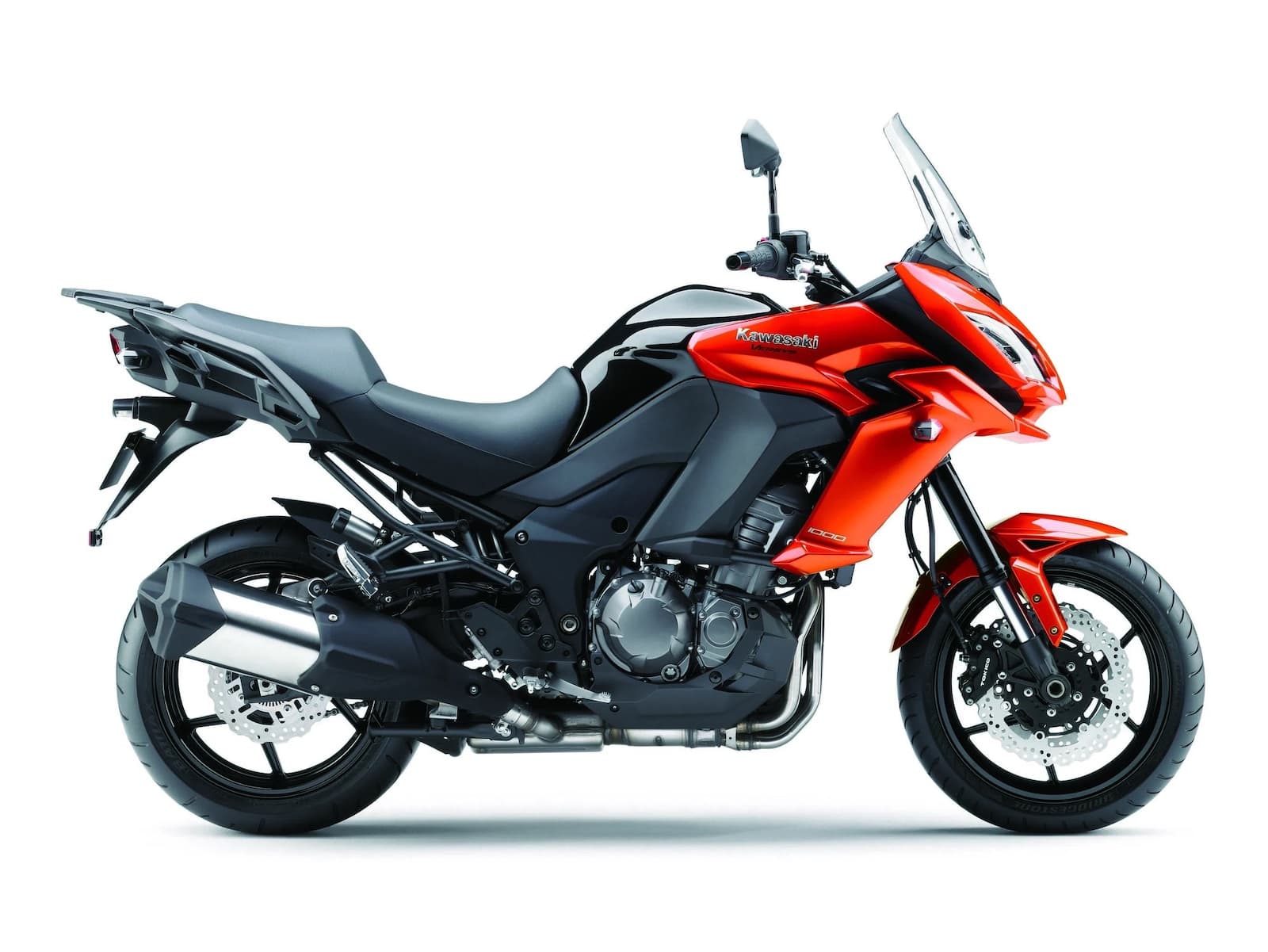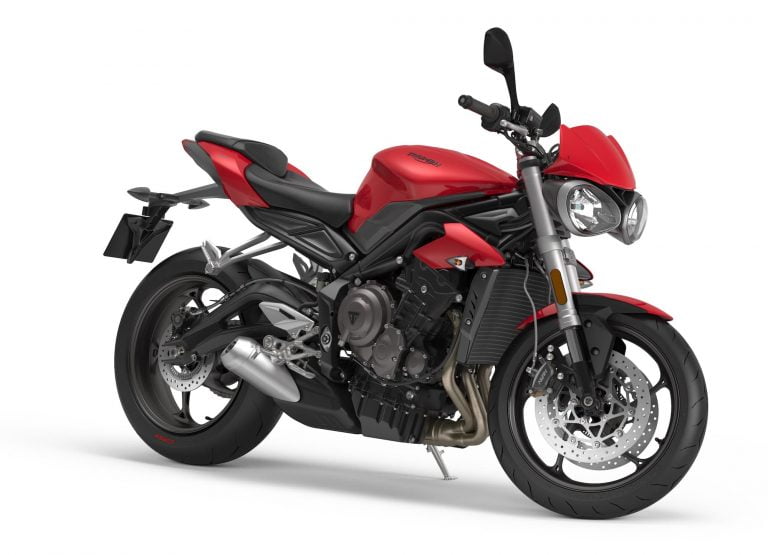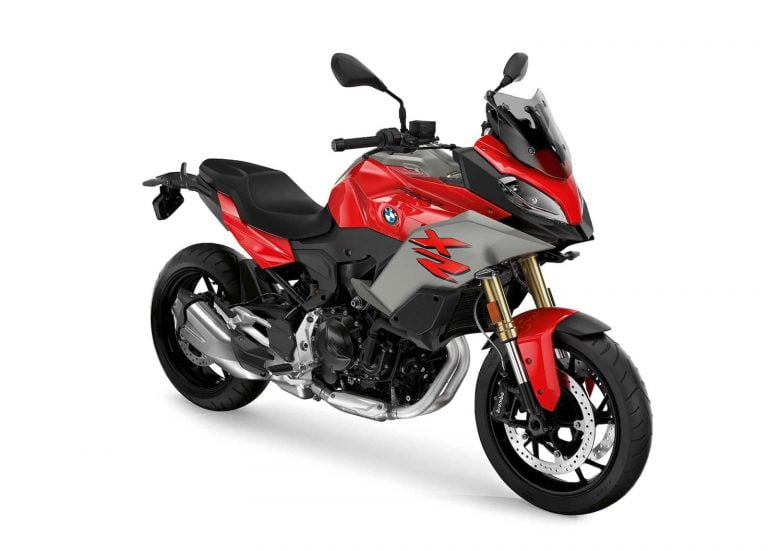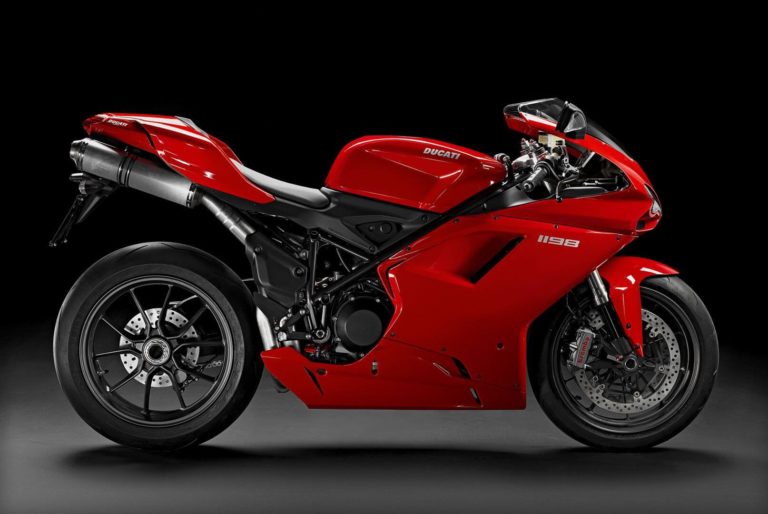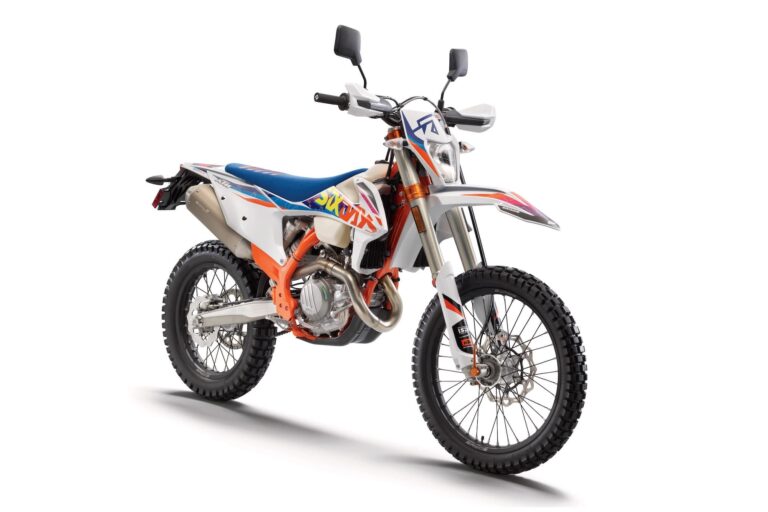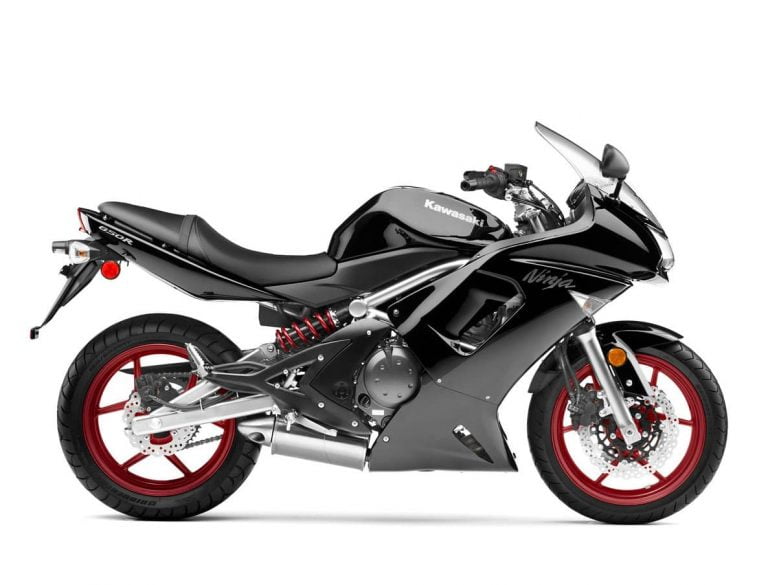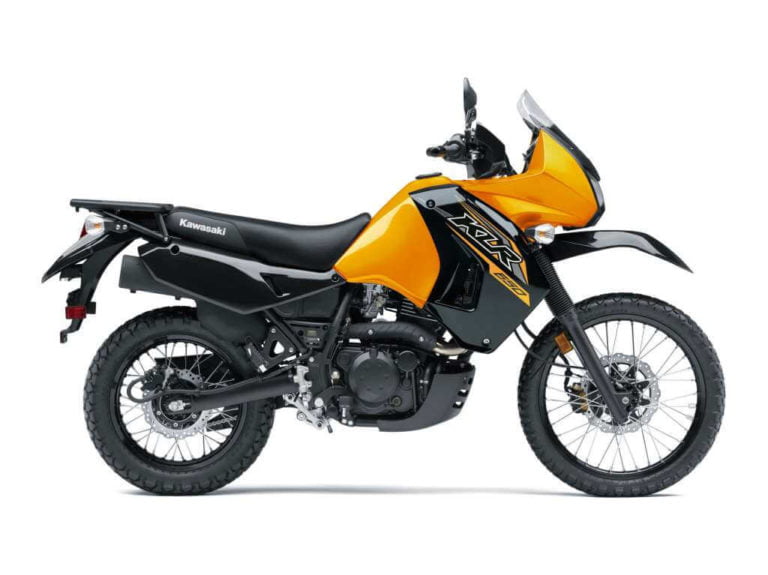Kawasaki Versys 1000 Gen 2 (2015-2018) Maintenance Schedule and Service Intervals
This is the maintenance schedule and service intervals for the Kawasaki Versys 1000 made since 2015. The 2015 model saw significant style improvements and upgraded front suspension.
The Versys 1000 has been through a number of iterations:
- Gen 1 Versys 1000 (2012-2014): Released late in 2011 for the 2012 model year, using the 1,043 engine from the Ninja 1000/Z1000 but in an upright, sport/adventure touring chassis.
- Gen 2 Versys 1000 (2015-2018): Upgraded front suspension and braking, and significant style improvements.
- Gen 3 Versys 1000 (2019+): Six-axis IMU, cruise control, and active electronic suspension (SE and LT models), and more style improvements.
All generations of the Versys 1000 since launch have been based on the same 1,043cc inline-four cylinder DOHC liquid-cooled engine inherited from the Z1000 (and originally from a ZX-10R). It’s a long-stroke engine that’s torque heavy. Compared to the Ninja 1000, the Versys 1000 has always been heavier and down on peak power, but with more torque available in the mid-range.
This site has links for things like oil and spark plugs from which we earn a commission (which unfortunately nobody can save, not even us). If you appreciate this work, then please use those links. Thanks!
Kawasaki Versys 1000 (2015-2018) Maintenance Schedule
Below is the maintenance schedule from the Gen 2 Kawasaki Versys 1000 from 2015-2018. This is from the 2018 manual.
The items listed are quite different to the earlier generation Versys 1000. In general, this maintenance schedule was easier to read.
Further, the original schedule was broken into sections that made it hard to navigate. To the extent possible we’ve grouped things together and merged it into one universal schedule.
Notes:
- Valve service interval is 24,000 km in the US manual, but 42,000km in the European manual.
- For higher odometer readings, repeat at the frequency interval established here.
Legend:
- I = Inspect (and adjust/lubricate as necessary)
- L = Lubricate
- R = Replace/Renew
- # = Service more frequently if ridden in severe conditions – dusty, wet, muddy, high-speed, etc.
| km x 1000 | 1 | 6 | 12 | 18 | 24 | |
|---|---|---|---|---|---|---|
| mi x 1000 | 0.6 | 3.8 | 7.6 | 11.4 | 15.2 | Every, Action |
| Air cleaner element (*C) | R | |||||
| Idle speed | I | I | I | |||
| Throttle control system (play, smooth return, no drag) | I | I | I | Year, I | ||
| Engine vacuum synchronization | I | I | ||||
| Fuel system | I | I | I | Year, I | ||
| Fuel hoses | 5 years, R | |||||
| Evaporative emission control system (CA model only) | I | I | I | I | I | |
| Coolant level | I | I | I | |||
| Cooling system | I | I | I | Year, I | ||
| Coolant, water hoses, and O-rings | 3 years/36K km (22.5K mi), R | |||||
| Valve clearance | I | 42,000 km (26000 mi) in European manual | ||||
| Air suction system | I | I | ||||
| Clutch operation (play, engagement, disengagement) | I | I | I | |||
| Engine oil (*C) | R | R | R | Year, R | ||
| Engine oil filter | R | R | R | Year, R | ||
| Tire air pressure | I | I | Year, I | |||
| Wheels and tires | I | I | Year, I | |||
| Wheel bearing damage | I | I | Year, I | |||
| Drive chain lubrication condition (*C) | 600 km (400 mi), I | |||||
| Drive chain slack (*C) | 1000 km (600 mi), I | |||||
| Drive chain wear (*C) | I | I | ||||
| Drive chain guide wear | I | I | ||||
| Brake system | I | I | I | Year, I | ||
| Brake operation (effectiveness, play, no drag) | I | I | I | Year, I | ||
| Brake fluid level | I | I | I | Year, I | ||
| Brake fluid (front and rear) | R | 2 years, R | ||||
| Brake hose | 4 years, R | |||||
| Rubber parts of brake master cylinder and caliper | 4 years/48K km (30K mi), R | |||||
| Brake pad wear (*C) | I | I | I | I | ||
| Brake light switch operation | I | I | I | I | I | |
| Suspension system | I | I | Year, I | |||
| Steering play | I | I | I | Year, I | ||
| Steering stem bearings | L | 2 years, L | ||||
| Electrical system | I | I | Year, I | |||
| Spark plug | R | R | ||||
| Chassis parts | L | L | Year, L | |||
| Condition of bolts, nuts, and fasteners | I | I | I | – |
Kawasaki Versys 1000 (2015-2018) Tyre Sizes and Pressures
Below are the tyre sizes and pressures for the Versys 1000 (2015-2018) from the manual.
The original Versys 1000 (2015) shipped with Bridgestone Battlax tyres.
| Wheel | Tyre size | Tyre pressure (cold) |
|---|---|---|
| Front | 120/70ZR17 M/C 58W | 250 kPa/36 psi |
| Rear | 180/55ZR17 M/C (73W) | 290 kPa/42 psi |
About the 2015-2018 Gen 2 Kawasaki Versys 1000

In 2015, Kawasaki significantly updated the Versys 1000.
The earlier Versys 1K, while capable, had a front-end that wasn’t confidence inspiring. Riders described it as “flighty”.
Kawasaki fixed this by improving the front suspension. Kawasaki fitted 43mm KYB inverted fully-adjustable forks with 30 per cent less rebound and compression damping, 20mm longer forker outer tubes (for increased rigidity), and revised spring rates.
Along with the front suspension, Kawasaki improved the braking, fitting 310mm front discs (up from 300mm).
Kawasaki considerably improved the aesthetics of the second gen Versys 1000, too. The newer model looks a lot closer to the 3rd gen, doing away with the angular design of the first gen for more aerodynamic bodywork.
Along with the aesthetics, the front windshield got 75mm of adjustability, up from 30mm. In its top position it has great wind protection, shielding not-to-tall riders completely (and riders over 6 feet or so can add a small laminar lip to get the total cocoon).
The engine is basically the same — a 1,043cc liquid-cooled DOHC inline-four. Power is up by 2 bhp, thanks to new cylinders, cylinder heads, injectors, and air filter, all also delivering an emissions-compliant motorcycle.
The 2nd gen Kawasaki Versys 1000 has the same three-stage traction control and two power modes as the original.
The dash is a carry-over from the gen 1, but it’s a highly functional large analogue tacho and informative LCD dash which does everything right.
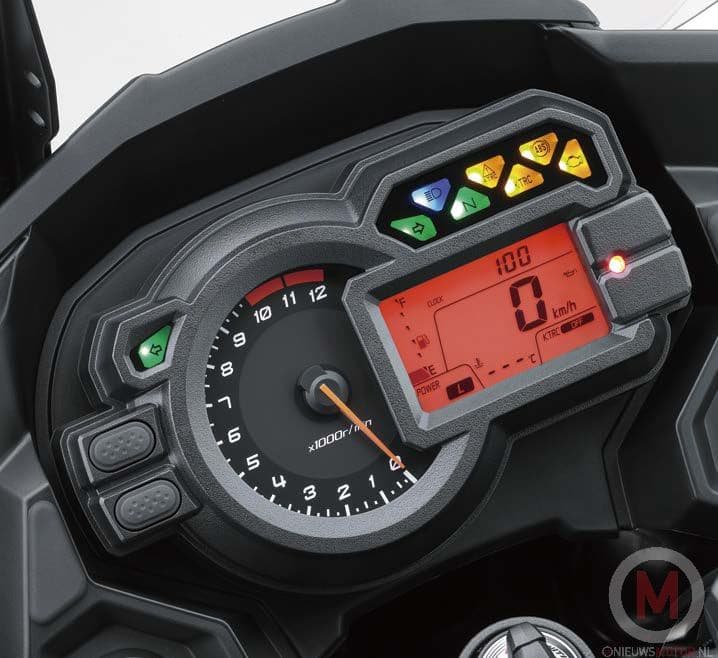
Apart from that, the Kawasaki Versys 1000 remains a highly competent adventure sport touring motorcycle. It’s not a dual sport, even if some reviews use that phrase, incongruously. But the power modes and traction control mean that you can handle hard dirt roads and fire roads in the mountains with aplomb.
The suspension travel is competent at 6 inches, but obviously you won’t do any rock-hopping on this. It’s the kind of suspension that’ll keep you comfortable if you hit large obstacles
Despite the 250kg wet weight, the Versys 1000 is quite easy to handle. You’ll be surprised how far you can lean it and have it react with grace!
Gen 2 Kawasaki Versys 1000 (2015-2018) Manual
The above maintenance schedule and service intervals for the Kawasaki Versys 1000 came straight from the manual for the 2018 model. It’s equivalent to the earlier years.
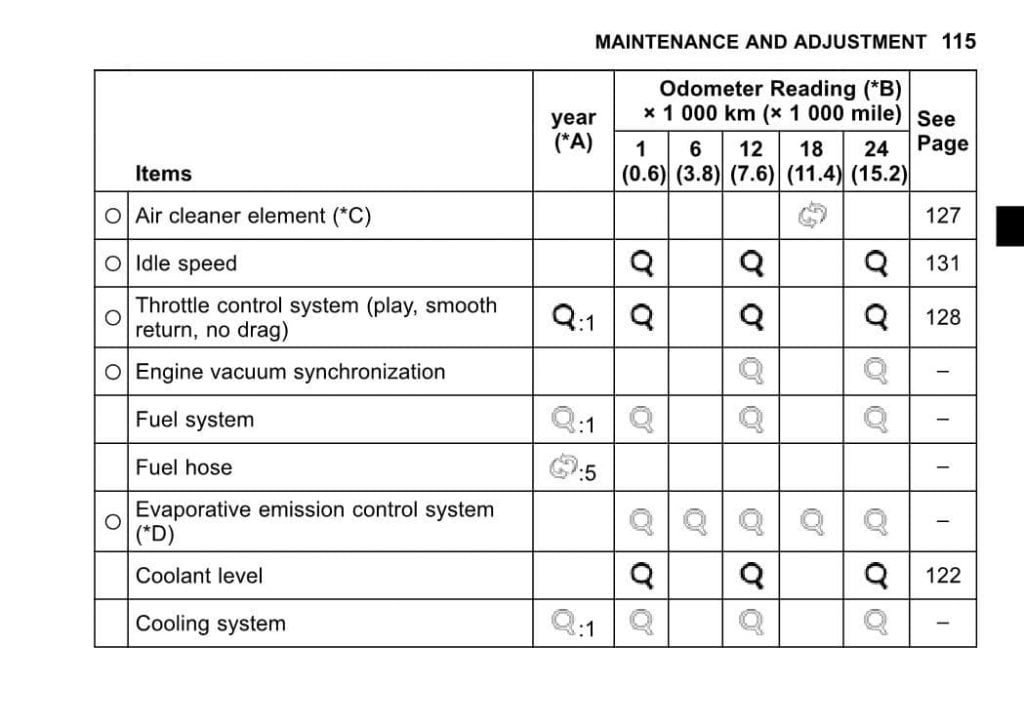
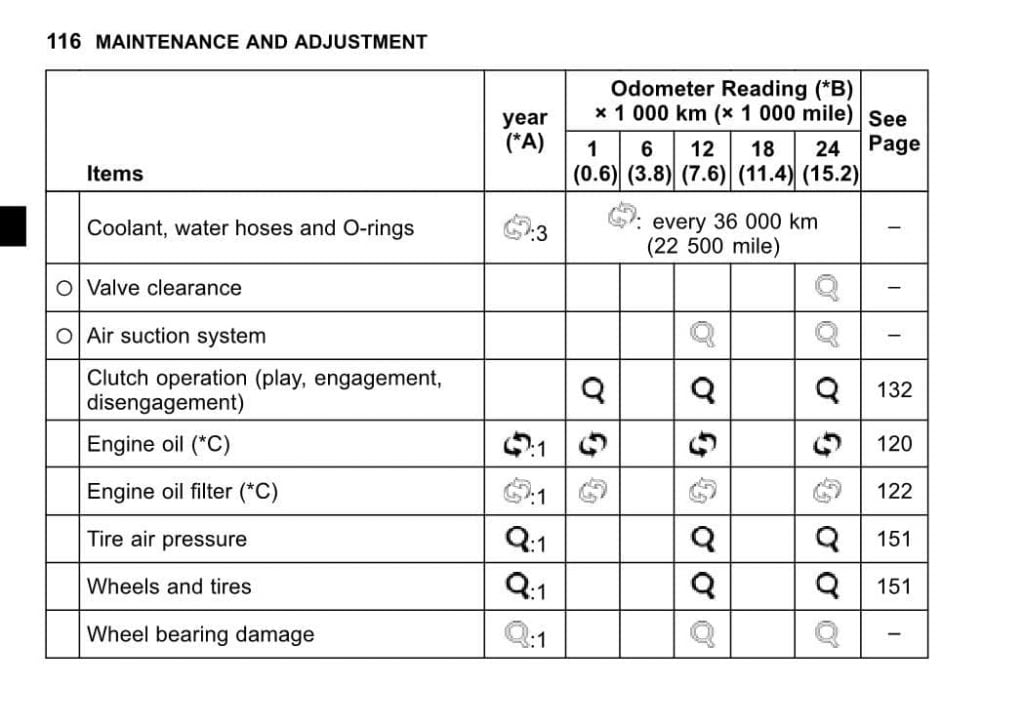
You can get the manual on Kawasaki’s website here.
